Dwarf otocinclus - Otocinclus affinis
Scientific name: Otocinclus affinis
Common name: Dwarf otocinclus
Family: Loricariidae
Usual size in fish tanks: 4 - 5 cm (1.57 - 1.97 inch)
014
Recommended pH range: 6 - 7.5
Recommended water hardness: 4 - 18°N (71.43 - 321.43ppm)
0°C 32°F30°C 86°F
Recommended temperature range: 20 - 28 °C (68 - 82.4°F)
The way how these fish reproduce: Spawning
Where the species comes from: South America
Temperament to its own species: peaceful
Temperament toward other fish species: peaceful
Usual place in the tank: Bottom levels
Origin
The Dwarf Otocinclus (Otocinclus affinis) originates from the Amazonian waterways, thriving in highly vegetated areas. They are most commonly found in Peru and Brazil, where the abundance of plants provides them with ample grazing surfaces and hiding spots. In their natural habitat, they help control algae growth, making them a valuable addition to planted aquariums.
Tank Requirements
Dwarf Otocinclus are delicate and sensitive fish that require a mature aquarium for long-term survival. They should never be added to a newly set up tank; instead, the tank should be well-established and have been running for several months. The ideal tank size should be at least 40 liters (10.57 gallons) to accommodate a small group, as they are social creatures and thrive when kept in groups of at least 5.
The tank should include plenty of live plants such as Amazon Sword, Java Moss, or Anubias, providing natural grazing areas and hiding spots. The substrate should be smooth and soft, like fine sand or rounded gravel, to protect their delicate barbels. Water parameters should be kept within a pH range of 6.0-7.5 and a hardness of 4-18°N (71.43-321.43 ppm). They prefer temperatures ranging from 20-28°C (68-82.4°F).
Maintaining high water quality is crucial for their health, so use an adequate filtration system and perform weekly water changes of at least 10%. They are very peaceful fish and should be housed with similarly peaceful species, such as tetras, rasboras, and Corydoras.
Tank Mates
Dwarf Otocinclus are peaceful and non-aggressive, making them ideal for community tanks. They do best when kept with small, calm species like Neon Tetras, Ember Tetras, Harlequin Rasboras, and Corydoras Catfish. Other suitable tankmates include Cherry Barbs, Guppies, Zebra Danios, and Endler's guppy. Avoid adding large, aggressive fish to the tank, as they can easily outcompete the Otocinclus for food and cause unnecessary stress.
Feeding
Dwarf Otocinclus are primarily herbivores, relying on a high-vegetable diet. In the aquarium, they will graze on algae growing on plant leaves, rocks, and the tank walls. However, since algae may not always be sufficient, supplement their diet with high-quality algae wafers, spirulina flakes, and blanched vegetables like zucchini, cucumber, and peas. Ensure to remove any uneaten food after an hour to maintain water quality.
Feed them small amounts daily to keep them in optimal health. Avoid overfeeding, as excess food can lead to poor water conditions and health issues.
Sexing
Mature females tend to be larger and have a rounder, stockier body shape compared to the more slender males. This difference is most noticeable when viewed from above, especially during the breeding season when females may swell with eggs.
Breeding
Breeding Dwarf Otocinclus in captivity can be challenging and is not recommended for novice breeders. They are egg scatterers and will deposit their eggs on plant leaves or the aquarium glass. Cool water changes may encourage spawning, although success can be somewhat unpredictable.
After spawning, it is best to remove the parent fish as they do not exhibit parental care and may consume the eggs. The eggs typically hatch within 24 hours, and once the fry become free-swimming, they can be fed on newly hatched brine shrimp or crushed spirulina flakes. Raising the fry can be tricky due to their small size and sensitivity to water quality, so regular water changes and careful monitoring are essential.
Lifespan
If cared for correctly, the average lifespan of the Dwarf Otocinclus is 4-5 years. Providing them with a stable environment, a balanced diet, and regular maintenance is key to ensuring they live a healthy, long life.
Short Description
Dwarf Otocinclus are popular among aquarists for their algae-eating abilities and peaceful nature. However, they are delicate fish that require a mature, well-maintained tank to thrive. These fish are best suited for experienced aquarists who can provide them with stable water conditions and a varied, vegetable-rich diet. Their small size and peaceful temperament make them ideal companions for other small, calm fish species in a planted community tank.
Thanks to halkor who has allowed us to use his picture.
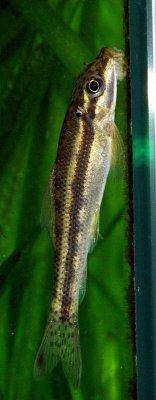

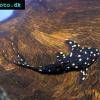 Adonis
Adonis  Lyre
Lyre 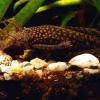 Bristlenose
Bristlenose 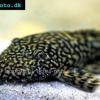 Gold
Gold 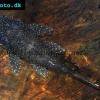 Bushymouth
Bushymouth 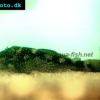 Spotted
Spotted  Medusa
Medusa 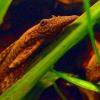 Bristlenose
Bristlenose 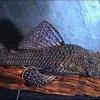 Starlight
Starlight 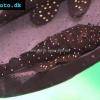 Spotted
Spotted  Catfish
Catfish 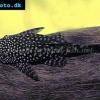 Bushynose
Bushynose 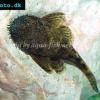 Bristlenose
Bristlenose 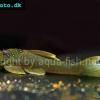 Green
Green 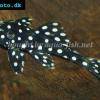 LDA-33
LDA-33 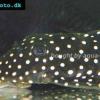 Snowflake
Snowflake 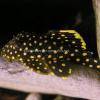 Gold
Gold 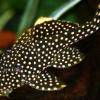 Gold
Gold  Bulldog
Bulldog  Dasyloricaria
Dasyloricaria 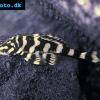 Butterfly
Butterfly 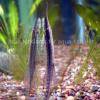 Whiptail
Whiptail 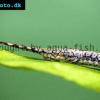 Amazon
Amazon 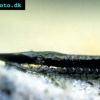 Twig
Twig 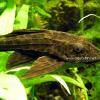 Spotted
Spotted 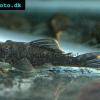 Spotted
Spotted 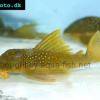 Lemon
Lemon 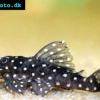 Pleco
Pleco 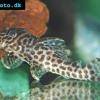 Peruvian
Peruvian 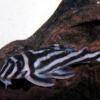 Zebra
Zebra 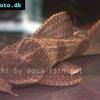 Pleco
Pleco 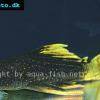 Hypostomus
Hypostomus 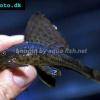 Pleco
Pleco 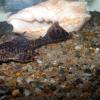 Suckermouth
Suckermouth 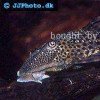 Spotted
Spotted  Woodeating
Woodeating 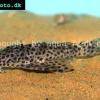 Golden
Golden  Sultan
Sultan 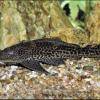 Multiradiatus
Multiradiatus  Marbled
Marbled 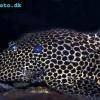 Pleco
Pleco 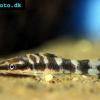 Dwarf
Dwarf 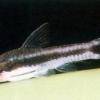 Dwarf
Dwarf 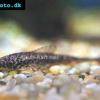 Oxyropsis
Oxyropsis 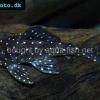 Orange
Orange 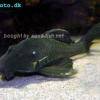 Blue
Blue 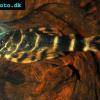 Clown
Clown 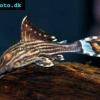 Royal
Royal 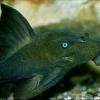 Blue
Blue 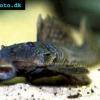 Rubber
Rubber  Goby
Goby 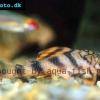 Wormline
Wormline 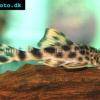 Para
Para 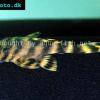 Tiger
Tiger 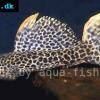 Leopard
Leopard 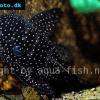 Spiny
Spiny 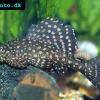 Marbled
Marbled 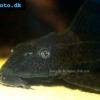 Amazon
Amazon 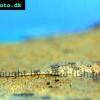 Common
Common 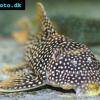 Sunshine
Sunshine 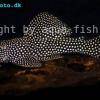 Golden
Golden